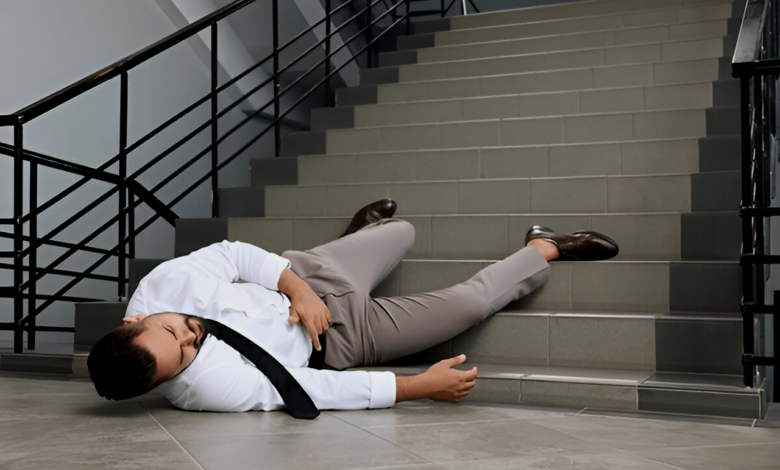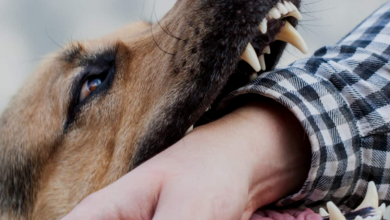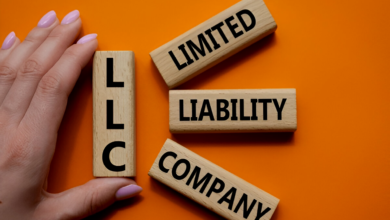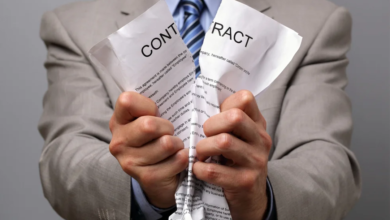Slip and Fall Lawsuits in California: How to Prove Negligence
Learn how to prove negligence in California slip and fall cases, secure compensation, and navigate premises liability laws effectively.

Slip and fall lawsuits in California are a common type of personal injury claim that arise when an individual is injured due to hazardous conditions on someone else’s property. These cases often hinge on the concept of negligence, which requires the injured party to prove that the property owner or manager failed to maintain a safe environment. Proving negligence in a slip and fall case can be complex, as it involves demonstrating that the property owner knew or should have known about the dangerous condition and failed to take appropriate action to address it. This article will explore the legal framework surrounding slip and fall lawsuits in California, the steps necessary to prove negligence, and the challenges plaintiffs may face in pursuing these claims.
In California, property owners have a legal duty to ensure their premises are safe for visitors. This duty applies to both private and public properties, including businesses, homes, and government-owned spaces. When a property owner breaches this duty, and someone is injured as a result, the injured party may be entitled to compensation for their medical expenses, lost wages, pain and suffering, and other damages. However, successfully proving negligence requires a thorough understanding of California’s premises liability laws, as well as strong evidence to support the claim. This article will provide a comprehensive guide to navigating slip and fall lawsuits in California, with a focus on how to prove negligence and secure fair compensation.
Understanding Slip and Fall Lawsuits in California
Slip and fall accidents can occur anywhere, from grocery stores and restaurants to sidewalks and private homes. These incidents often result in serious injuries, such as broken bones, spinal cord injuries, traumatic brain injuries, and soft tissue damage. In California, slip and fall cases fall under the broader category of premises liability law, which holds property owners accountable for injuries caused by unsafe conditions on their property.
To succeed in a slip and fall lawsuit, the plaintiff must prove four key elements of negligence: duty of care, breach of duty, causation, and damages. Each of these elements plays a critical role in establishing the property owner’s liability and securing compensation for the injured party.
Duty of Care: Property owners in California owe a duty of care to anyone who lawfully enters their property. This duty varies depending on the visitor’s status. For example, invitees (such as customers in a store) are owed the highest duty of care, while trespassers are owed a minimal duty. The property owner must take reasonable steps to ensure the premises are safe and free from hazards.
Breach of Duty: A breach of duty occurs when the property owner fails to maintain a safe environment. This could include failing to clean up spills, neglecting to repair broken stairs, or failing to warn visitors about known hazards. To prove a breach, the plaintiff must show that the property owner knew or should have known about the dangerous condition and failed to address it in a timely manner.
Causation: The plaintiff must demonstrate that the property owner’s breach of duty directly caused their injuries. This requires establishing a clear link between the hazardous condition and the accident. For example, if a plaintiff slipped on a wet floor in a grocery store, they must show that the store’s failure to clean up the spill or post warning signs led to the fall.
Damages: Finally, the plaintiff must prove that they suffered actual damages as a result of the accident. This can include medical expenses, lost wages, pain and suffering, and other economic and non-economic losses.
Challenges in Proving Negligence
Proving negligence in a slip and fall case can be challenging, as property owners often argue that the injured party was at fault for the accident. For example, a property owner may claim that the plaintiff was not paying attention, was wearing inappropriate footwear, or was in an area where they should not have been. To counter these arguments, the plaintiff must gather strong evidence to support their claim.
One of the most important pieces of evidence in a slip and fall case is documentation of the hazardous condition. This can include photographs of the scene, witness statements, and incident reports. It is also crucial to seek medical attention immediately after the accident, as medical records can help establish the extent of the injuries and their connection to the fall.
Another challenge in slip and fall cases is determining whether the property owner had actual or constructive notice of the hazardous condition. Actual notice means the property owner was aware of the danger, while constructive notice means the danger existed for a long enough period that the property owner should have discovered and addressed it. Proving constructive notice often requires evidence such as maintenance logs, surveillance footage, or testimony from employees.
Steps to Take After a Slip and Fall Accident
If you are injured in a slip and fall accident in California, there are several steps you should take to protect your rights and strengthen your case:
Seek Medical Attention: Your health and safety should be your top priority. Seek medical attention immediately, even if your injuries seem minor. Some injuries, such as concussions or internal bleeding, may not be immediately apparent.
Document the Scene: If possible, take photographs of the hazardous condition that caused your fall, as well as any visible injuries. Gather contact information from witnesses who can corroborate your account of the accident.
Report the Incident: Notify the property owner or manager of the accident and request a copy of the incident report. Be sure to provide an accurate account of what happened, but avoid making any statements that could be interpreted as admitting fault.
Preserve Evidence: Keep any clothing or footwear you were wearing at the time of the accident, as these items may serve as evidence. Do not repair or replace damaged items until your case is resolved.
Consult an Attorney: Slip and fall cases can be complex, and insurance companies often try to minimize payouts. An experienced personal injury attorney can help you navigate the legal process, gather evidence, and negotiate a fair settlement.
The Role of Comparative Negligence in California
California follows a pure comparative negligence rule, which means that even if the plaintiff is partially at fault for the accident, they can still recover damages. However, their compensation will be reduced by their percentage of fault. For example, if a plaintiff is found to be 20% at fault for a slip and fall accident, their damages will be reduced by 20%.
This rule can have a significant impact on slip and fall cases, as property owners often argue that the plaintiff was careless or inattentive. To minimize the impact of comparative negligence, it is important to present a strong case that clearly establishes the property owner’s liability.
Read More: What Happens If I Slip and Fall in a City Park in New York City?
Conclusion
Slip and fall lawsuits in California require plaintiffs to prove that the property owner’s negligence caused their injuries. This involves demonstrating that the property owner owed a duty of care, breached that duty, and directly caused the accident. While these cases can be challenging, thorough documentation, strong evidence, and the assistance of an experienced attorney can significantly improve the chances of success.
If you have been injured in a slip and fall accident, it is important to act quickly to protect your rights. Seek medical attention, document the scene, and consult a personal injury attorney to discuss your legal options. By taking these steps, you can hold the negligent property owner accountable and secure the compensation you deserve.
FAQs
What is the statute of limitations for slip and fall lawsuits in California?
In California, the statute of limitations for slip and fall lawsuits is two years from the date of the accident.
Can I sue if I slipped on a public sidewalk?
Yes, you may be able to sue a government entity if a hazardous condition on a public sidewalk caused your injury. However, these cases have shorter filing deadlines and additional procedural requirements.
What if I was partially at fault for the accident?
California’s comparative negligence rule allows you to recover damages even if you were partially at fault, but your compensation will be reduced by your percentage of fault.
How much is my slip and fall case worth?
The value of your case depends on factors such as the severity of your injuries, the impact on your life, and the strength of your evidence. An attorney can help you estimate the potential value of your claim.
Do I need a lawyer for a slip and fall case?
While you are not required to hire a lawyer, an experienced attorney can help you navigate the legal process, gather evidence, and negotiate a fair settlement with the insurance company.











